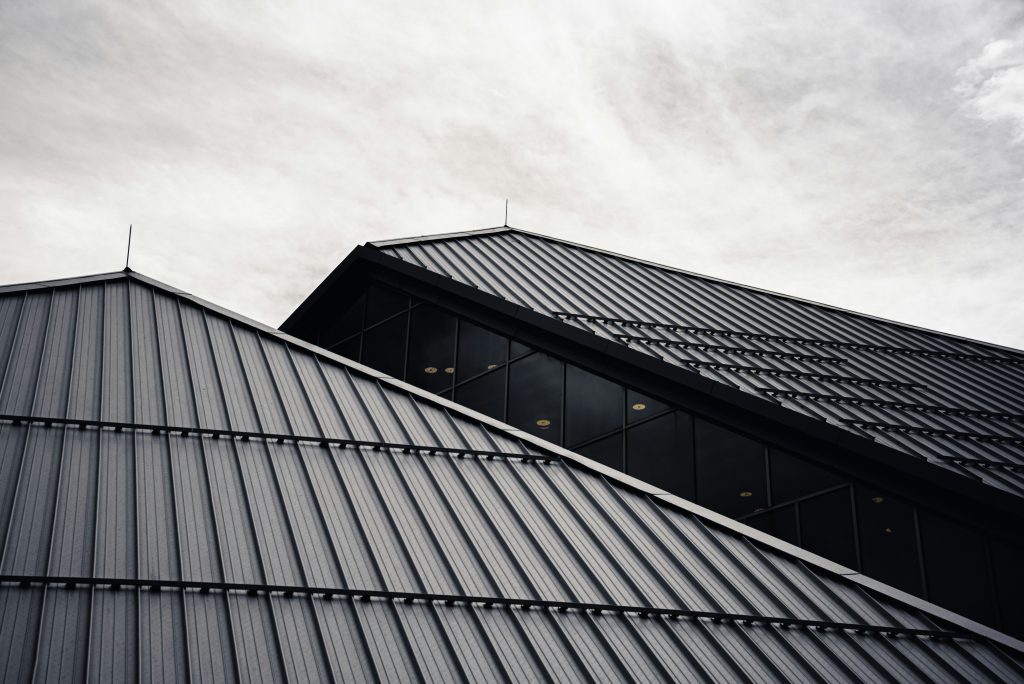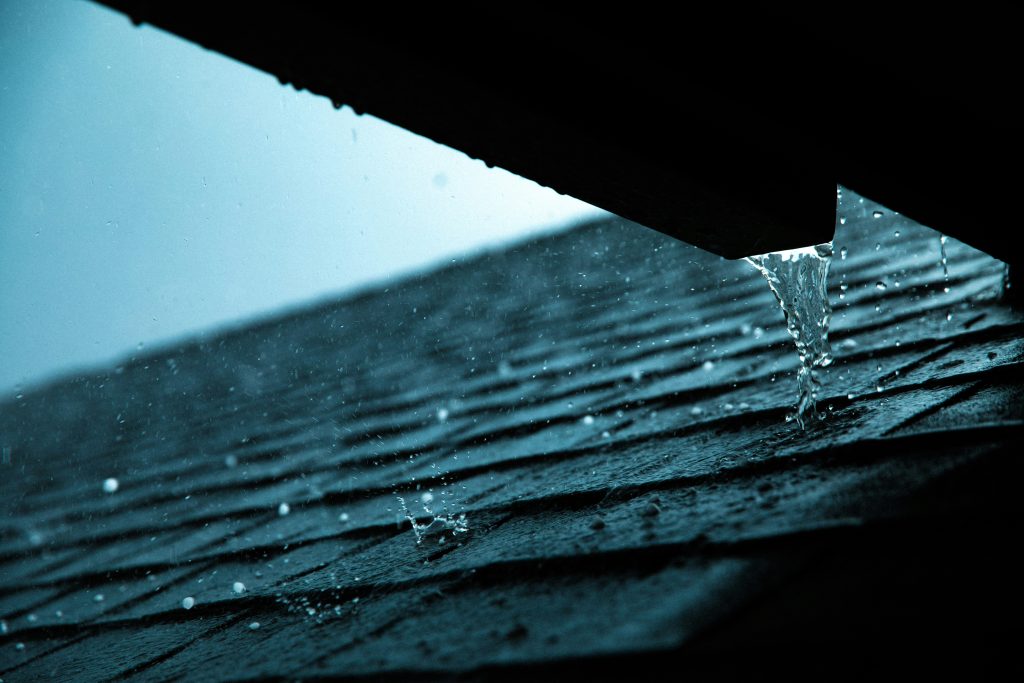Your home’s roof is its first line of defense against the elements, shielding you and your loved ones from rain, wind, and sun. Yet, like any structure, roofs are susceptible to wear and tear over time, and it’s crucial to be vigilant in spotting signs of damage before they escalate into costly repairs. In this comprehensive guide, we’ll equip you with the knowledge and tools to recognize common indicators of roof damage and provide expert advice on when to schedule professional inspections and repairs to safeguard your home’s structural integrity and your peace of mind.
One of the most telltale signs of roof damage is the presence of leaks, which can manifest as water stains on ceilings or walls, damp patches in attic spaces, or even visible water dripping during rainfall. These leaks may result from damaged or deteriorated roofing materials, compromised flashing around chimneys or vents, or clogged gutters preventing proper drainage. By promptly addressing leaks, you can prevent water intrusion and the potential for mold growth, rot, and structural damage.
Another red flag to watch for is missing or damaged shingles, which can leave your roof vulnerable to water infiltration and further deterioration. Whether caused by severe weather, age-related wear, or improper installation, missing shingles should be replaced promptly to maintain the integrity of your roof’s protective barrier. Additionally, be on the lookout for curling, cracking, or blistering shingles, as these are indicators of impending failure and may necessitate repairs or replacement.
Sagging areas or dips in the roof surface can also signal underlying structural issues that require immediate attention. These areas may indicate compromised decking, inadequate support, or water damage that has weakened the roof’s framework. Ignoring sagging areas can lead to more extensive damage and costly repairs down the line, so it’s essential to address them promptly through professional assessment and repair.
Other signs of roof damage to be aware of include granule loss from asphalt shingles, which can accelerate deterioration and compromise waterproofing capabilities, as well as damaged or deteriorated flashing around roof penetrations, such as chimneys, vents, and skylights, which can allow water to infiltrate the roofing system.
To ensure the continued health and longevity of your roof, it’s essential to schedule regular inspections by qualified roofing professionals. Ideally, inspections should be conducted at least twice a year, in the spring and fall, to assess the roof’s condition and address any issues before they escalate. Additionally, it’s advisable to schedule inspections following severe weather events, such as storms or heavy snowfall, which can cause damage that may not be immediately apparent.
In conclusion, being proactive in identifying and addressing roof damage is essential for preserving the integrity and longevity of your home’s roofing system. By familiarizing yourself with common signs of damage and scheduling regular inspections and repairs as needed, you can protect your investment and ensure that your roof continues to provide reliable protection for years to come.



